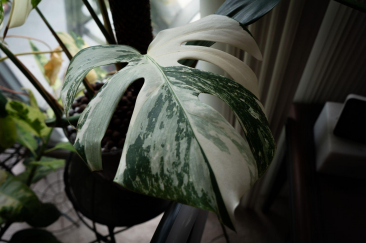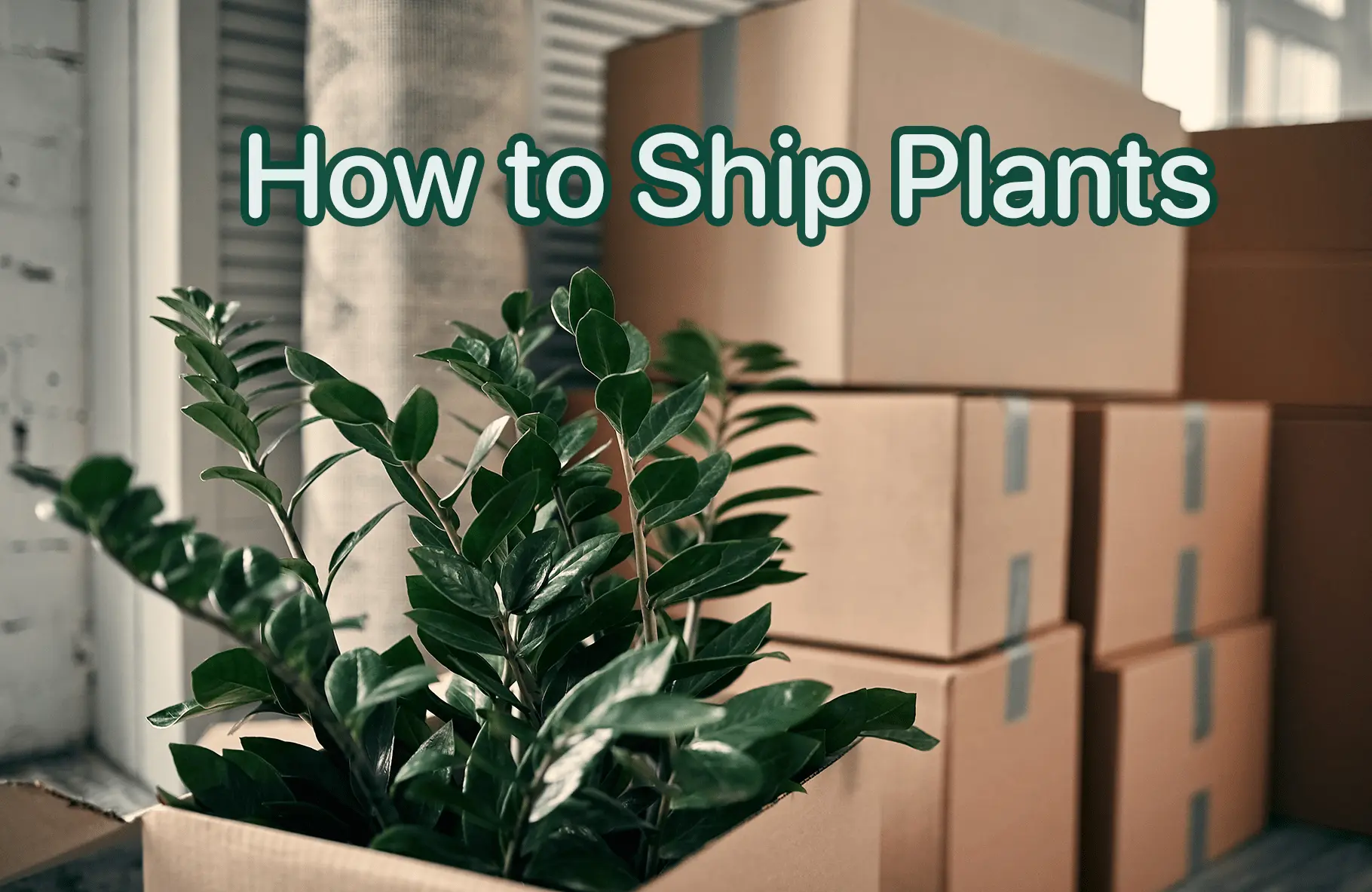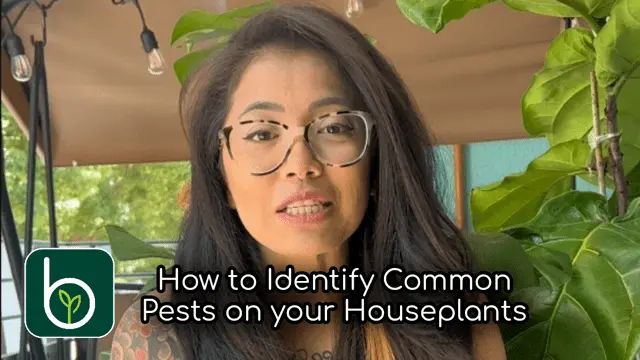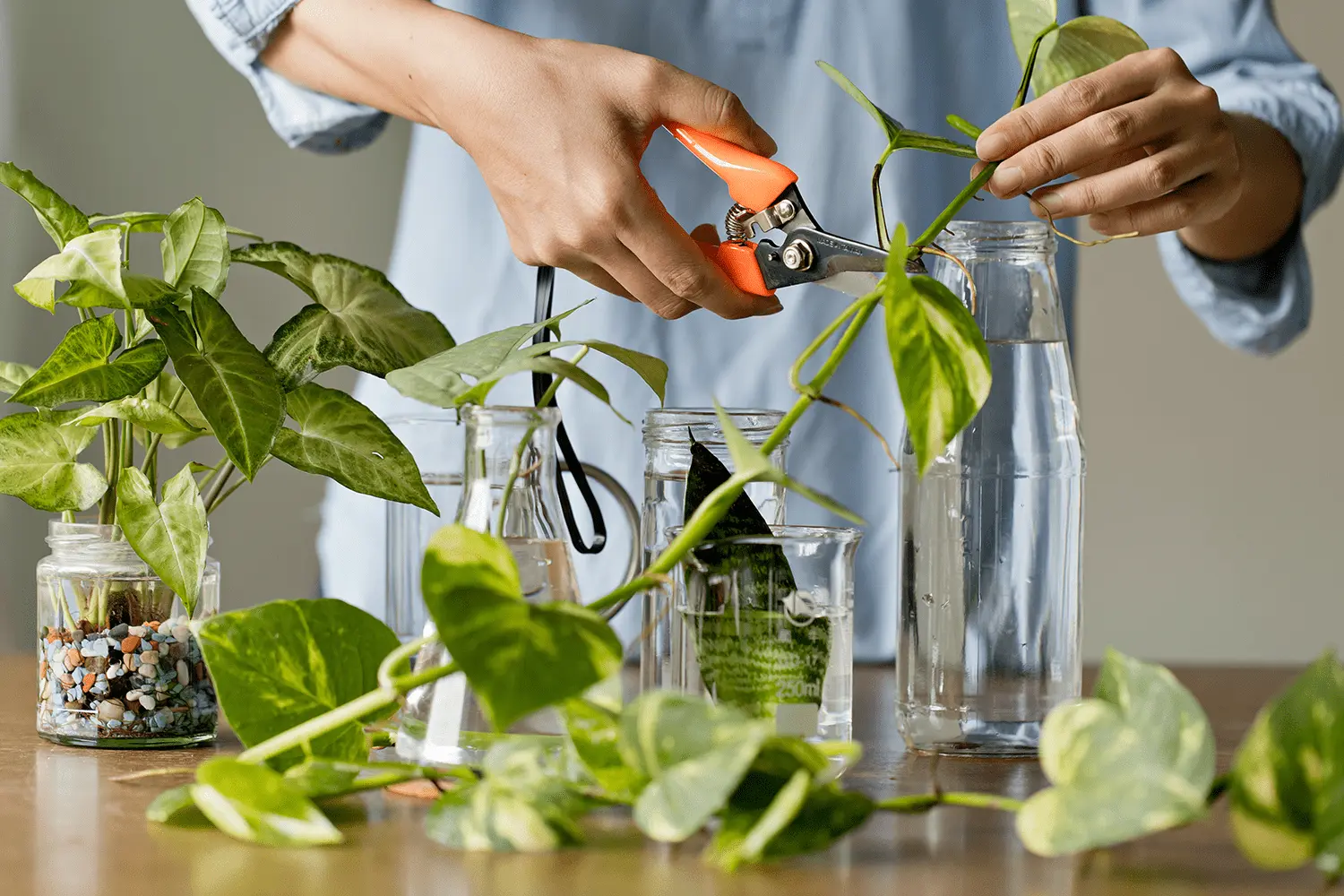
We have grown to really love using LECA (Lightweight Expanded Clay Aggregate) for almost all of our plants. LECA has been used in semi hydroponics and has gotten more popular throughout the years for gardening and horticulture. It consists of expanded clay pellets that are lightweight, porous, and provide numerous benefits for plant growth. We’ve been using it for years and have gotten great results!

A Philodendron Florida happy in LECA for over 3 years!
Benefits of LECA that we’ve really come to love is that it provides excellent drainage. The LECA pellets have a porous structure that allows for excellent drainage of water. This prevents waterlogging and helps maintain optimal soil moisture levels. This helps reduce the risk of root rot and other water-related issues.
he porous nature of LECA provides ample aeration to plant roots. This allows for the exchange of oxygen and carbon dioxide, promoting healthy root development and preventing suffocation of the roots.
Earlier, we talked about moisture retention. Despite their ability to drain excess water, LECA pellets can retain a certain amount of moisture. They act as a sort of reservoir, gradually releasing water to the roots when needed. This helps in maintaining consistent moisture levels in the root zone.
LECA also has a neutral pH, which means it does not alter the acidity or alkalinity of the soil. This allows gardeners to have better control over the pH levels and make adjustments according to the specific needs of different plants. This has been really good for us! There has been little-to-no guesswork when taking care of different kinds of plants with all their different needs.
Before using LECA, we would have bins of soil that took up a lot of space and would be messy to deal with. LECA is super lightweight, making it easy to handle, transport, and work with in gardening. This is particularly useful for rooftop gardens, container gardening, and situations where heavy soil is impractical or undesirable.
We aren’t perfect here though! We’ve had many plants that just weren’t cut out for
our living conditions. Collecting all the soil from these plants just left bins and bins of soil.
LECA pellets are durable and can be re-used for multiple growing seasons. After each use, they can be cleaned and sterilized; which makes them a sustainable option.

My Monstera Albo thriving in LECA
When mixed with soil, LECA helps prevent soil compaction by maintaining a loose and well-aerated structure. This allows plant roots to penetrate the soil easily and facilitates better nutrient uptake. LECA acts as a physical barrier between the soil surface and potential weed seeds, reducing weed growth. Additionally, the lack of organic matter in LECA discourages pests, such as fungi, nematodes, and soil-borne diseases, providing a cleaner and healthier environment for plants.

Aroids, like this Philodendron Billietiae, love LECA
Overall, the benefits of LECA for gardening include improved drainage, aeration, moisture retention, pH neutrality, lightweight handling, long-term usability, prevention of soil compaction, weed reduction, and pest resistance. LECA can also be used for a wide range of plants, including ornamentals, herbs, and vegetables.
Recommended Blogs

How to Ship Plants
Shipping plants is actually easier than you think and quite common! At Blossm, many of our community members ship plants all over the country! Best practices for shipping plants.

Plant Pop - Meet Brian Feretic & Hear How Blossm Grew into a Flourishing Plant Community
After discovering his love for plants, Brian was eager to spread the joy that he gets from them to others in his community. One day, he found himself exchanging one of the plants he had propagated, a rubber plant, with a neighbor, who let him pick one from her garden.

How to Identify Common Pests on your Houseplants
Identifying common pests on houseplants is essential for maintaining their health. We first start looking for signs of damage such as holes, discoloration, or wilting.

How to Propagate Alocasia Bulbs or Corms
It's plant experiment time again! "Which medium is best to propagate an alocasia corm or bulb?" When I was repotting one of Alocasia plants, I uncovered a bunch of baby bulbs or "corms" that were growing on my Alocasia Cuprea momma plant.

The Best Rooting Hormone for Plant Propagation
About six weeks ago, I started a plant experiment to compare the different types of rooting hormone for propagating my houseplants.

The Blossm Plant Community is My Form of Therapy 💚
As a first time founder, I didn't really fully understand what I was getting myself into... I knew Blossm would need at least 3-5 years to see it through, and the journey was going to be extremely difficult, but I didn't truly understand the magnitude of the rollercoaster ride of #startuplife.